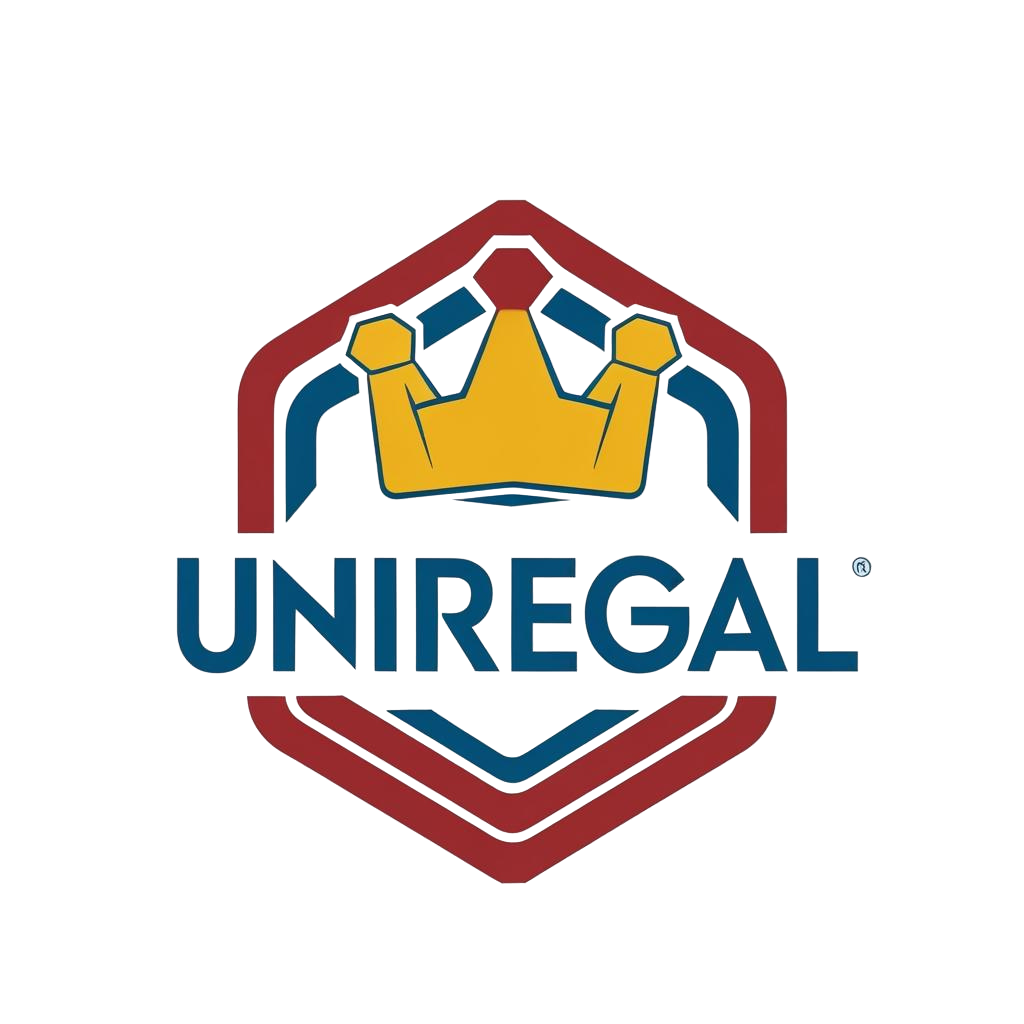How to Choose the Right Power Tool Types
How to Choose the Right Power Tool Types?
Whether to fix a cabinet, handle a large construction project, or need power tools to make everything faster, easier, and more precise. However, with numerous options, a comprehensive introduction to power tool categories, inspection tips, and effective options, especially in 2025, selecting the right one can be a challenging task.
This guide provides a comprehensive introduction to power tool categories, inspection tips, and solid buying strategies for both DIYers and procurement officers. We will show you how to select the tools that are both safe and durable.
Also, we’re proud to include Uni Regal Tools, our trusted in-house brand, among the top choices for savvy buyers worldwide.
Power Tool Categories: Know What You Need?
Before buying, you need to know what kind of tool you need. Here are the main kinds:
| Category | Common Tools | Main Uses |
|---|---|---|
| Drilling Tools | Cordless drills, rotary hammers | Making holes in wood, metal, and concrete |
| Cutting Tools | Jigsaws, angle grinders, circular saws | Cutting, shaping, and resizing materials |
| Fastening Tools | Electric screwdrivers, impact wrenches | Assembling or tightening bolts and screws |
| Finishing Tools | Sanders, polishers, grinders | Surface smoothing, shaping, or detailing |
| Concrete Tools | Vibrators, mixers, and electric chasers | Used in construction & cement work |
Every tool comes in a corded and cordless form. Choose based on factors such as mobility, power needs, and site conditions.
Household vs. Professional Tools: What’s the Difference?
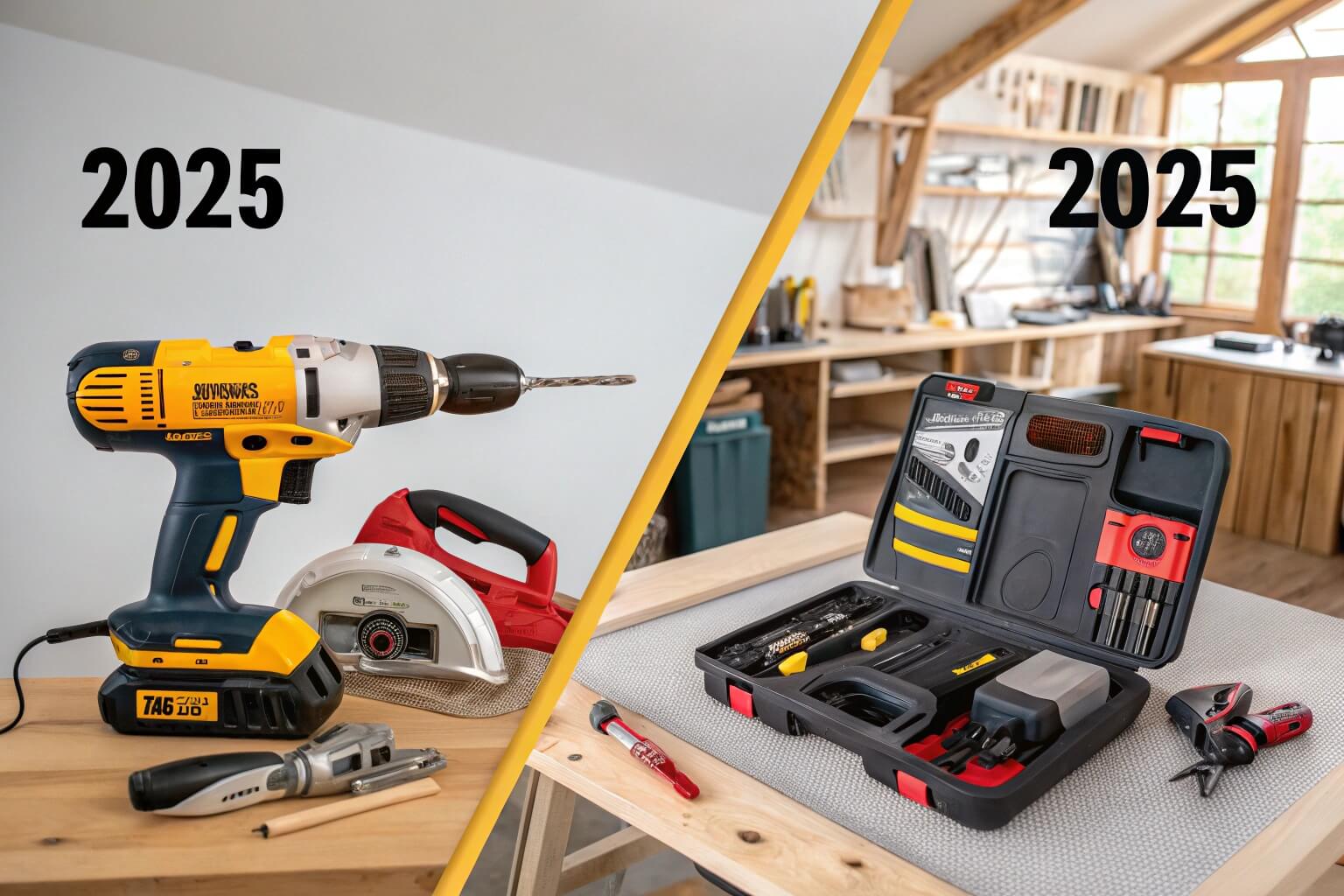
The biggest mistake is using the wrong tool for the job. Here's how to tell the difference:
| Feature | Household Tools | Professional Tools |
|---|---|---|
| Power Output | Low to medium | High power, high torque |
| Run Time | Intermittent use | Designed for prolonged availability in both corded and cordless forms. Select options based on factors such as mobility, power requirements, and features. This provides a comprehensive introduction to power tool categories, inspection tips, and solid buying strategies, suitable for both DIYers and smooth plastic molds, and with numerous options available, selecting the right one can be challenging, especially in 2025, as multiple power tool categories, inspection tips, and effective options are provided fitting for daily usage. |
| Durability | Basic structure | Reinforced materials, better cooling |
| Price | Affordable | Higher investment, longer lifespan |
| Ideal For | Home repairs | DIY Contractors, factories, and technicians |
Pro Tip: Use light tools for light work. Heavy-duty tasks require heavy-duty gear.
How to Choose the Right Electric Power Tool
Here’s a 6-point checklist every buyer should follow:
- Identify Your Use Case
Are you buying for
- Home maintenance?
- Professional trade?
- Industrial assembly?
For household use, choose tools that are lightweight, easy to operate, and power-efficient.
For commercial work, prioritize durability, torque, and parts availability. - Check Packaging and Build Quality
Look at
- Packaging: Crisp logos, no damage
- Carrying case: Locks securely, firm hinges
- Tool housing: No cracks, scratches, or weak seams
- Cord length: Should be at least 2 meters
Insider Tip: High-end tools have smooth plastic molds and tight-fitting parts. No gaps, no rattles.
- Evaluate Visual Quality
- Plastic casing: Should be smooth and scratch-free
- Screws: Tight, no exposed gaps
- Labels: Clear voltage, wattage, and serial number
- Handle: Should feel balanced and firm when held
- Confirm Safety Certifications
Don’t skip this step. Reputable tools include
- Regional Certification
- China CCC
- USA UL, ETL
- Europe CE
- Global ISO/IEC
The certificate label should match the tool's body and manual. Also confirm:
- Serial number
- Manufacturer contact info
- QR code (if applicable)
- Perform Startup Testing
Plug in or power on the tool
- Check for smooth startup
- Look for strange sounds, sparks, or surges
- Confirm the ON/OFF switch works reliably
- If possible, test the manufacturing, oil and gas, and automation industries' overload protection or spark suppression systems.
- Run for 1 Minute Without Load
While running:
- Grip the tool—vibration should be minimal
- Check sound—no loud buzzing or metallic knocking
- Observe vents—there should be no strong odor or overheating
- Brush sparks (if any) should be small and controlled
If anything feels off, the manufacturing, oil and gas, and automation industries are overloaded. Do not buy.
Why Choose Uni Regal Tools?
Uni Regal Tools, a division of Uni Regal Corp. Ltd., is a great brand. Here is why you should choose it:
- Built for Industry:
Our tools are optimized for B2B customers in manufacturing, oil & gas, and automation fields.
- Sourcing Confidence:
We only offer tools that have passed strict inspections—certified, tested, and verified for durability.
- End-to-End Service::
From tool supply to custom packaging, origin documentation, and logistics, we handle it all.
| Feature | Uni Regal Tools Offering |
|---|---|
| Certification | CCC/CE/ISO-compliant |
| Availability | In stock with global shipping |
| Support | 1-on-1 sales & post-sale assistance |
| Popular Products | Drills, screwdrivers, angle grinders |
Perfect for procurement officers needing large-volume, brand-certified power tools with global delivery.
Final Tips for Smart Buyers
- Compare by function, not just price
- Never buy uncertified tools for industrial environments
- Always test before buying, especially for imports
- Look for suppliers who provide after-sales support
Conclusion
Buying power tools in 2025 is about more than just specs—it’s about choosing tools that match your workload, safety standards, and expectations.
With brands like BOSCH, Makita, Milwaukee, and Uni Regal Tools, you don’t just get power—you get peace of mind.
 How to Build the Perfect Tool Kit for Women’s DIY Projects
How to Build the Perfect Tool Kit for Women’s DIY Projects
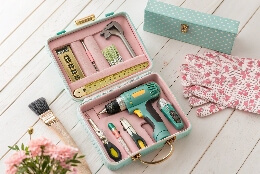 Beginner's Women's Tool Kit: Are You Ready?
Beginner's Women's Tool Kit: Are You Ready?
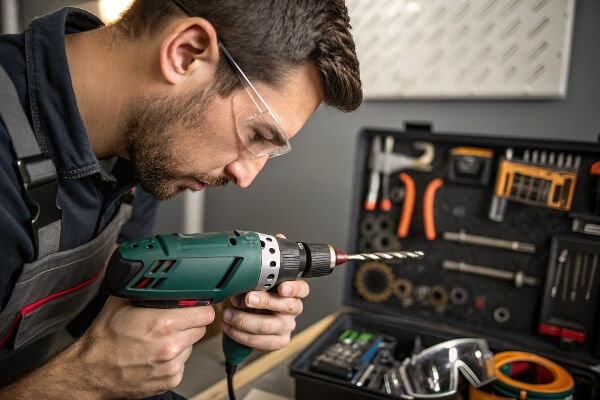 How to Safely Use Power Tools? Key Rules & Tips for 4 Tools?
How to Safely Use Power Tools? Key Rules & Tips for 4 Tools?
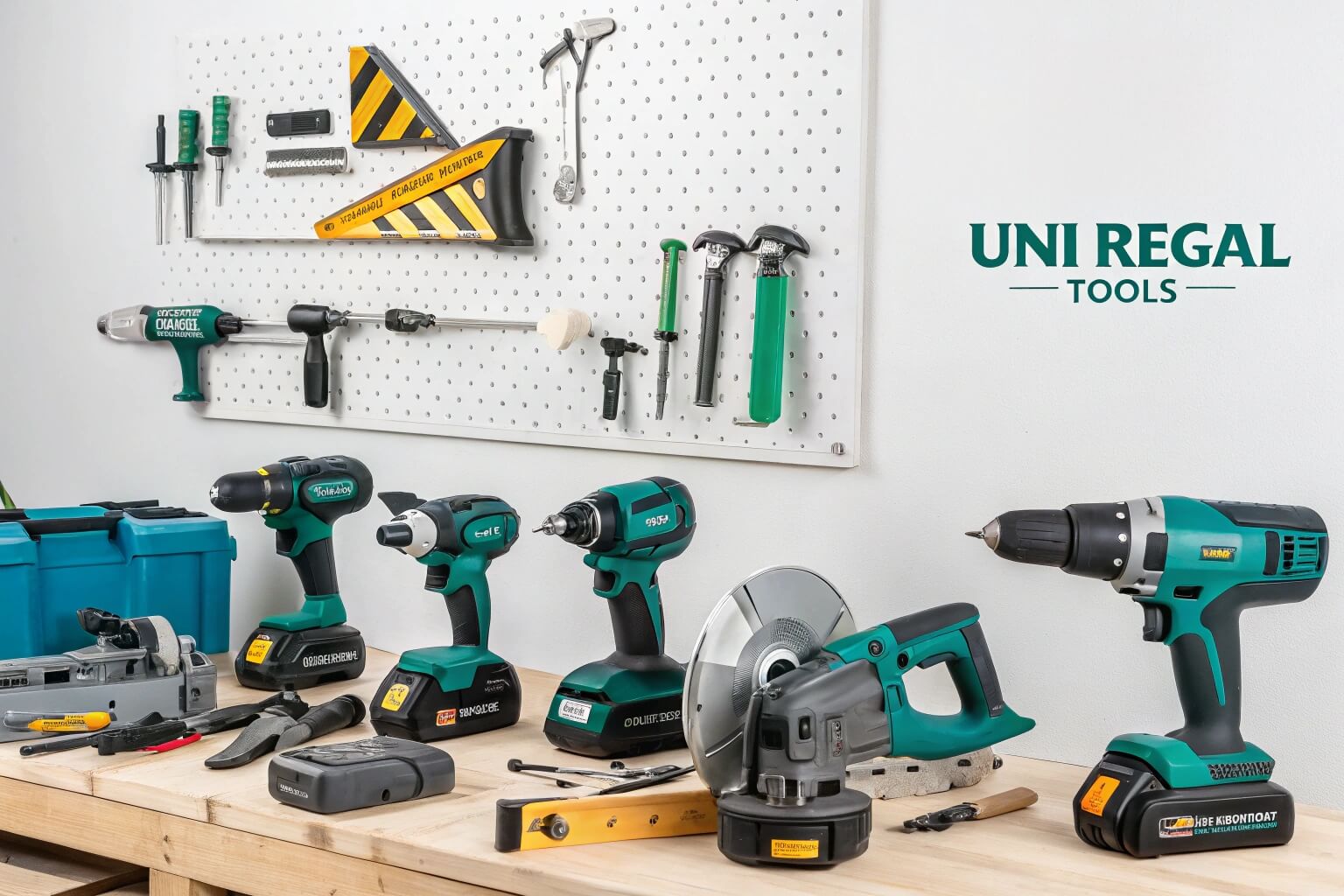 How to Choose the Right Power Tool Types
How to Choose the Right Power Tool Types
